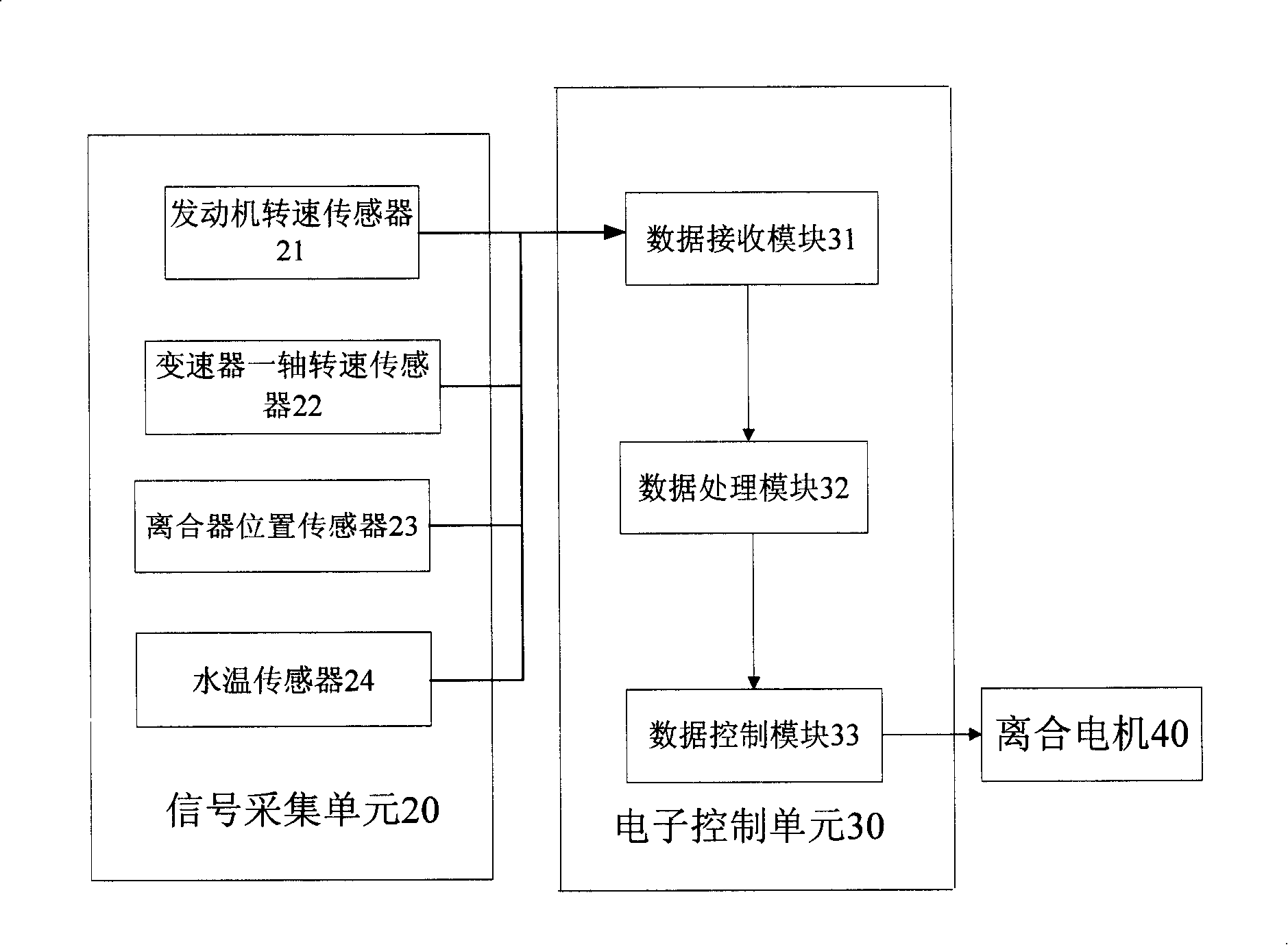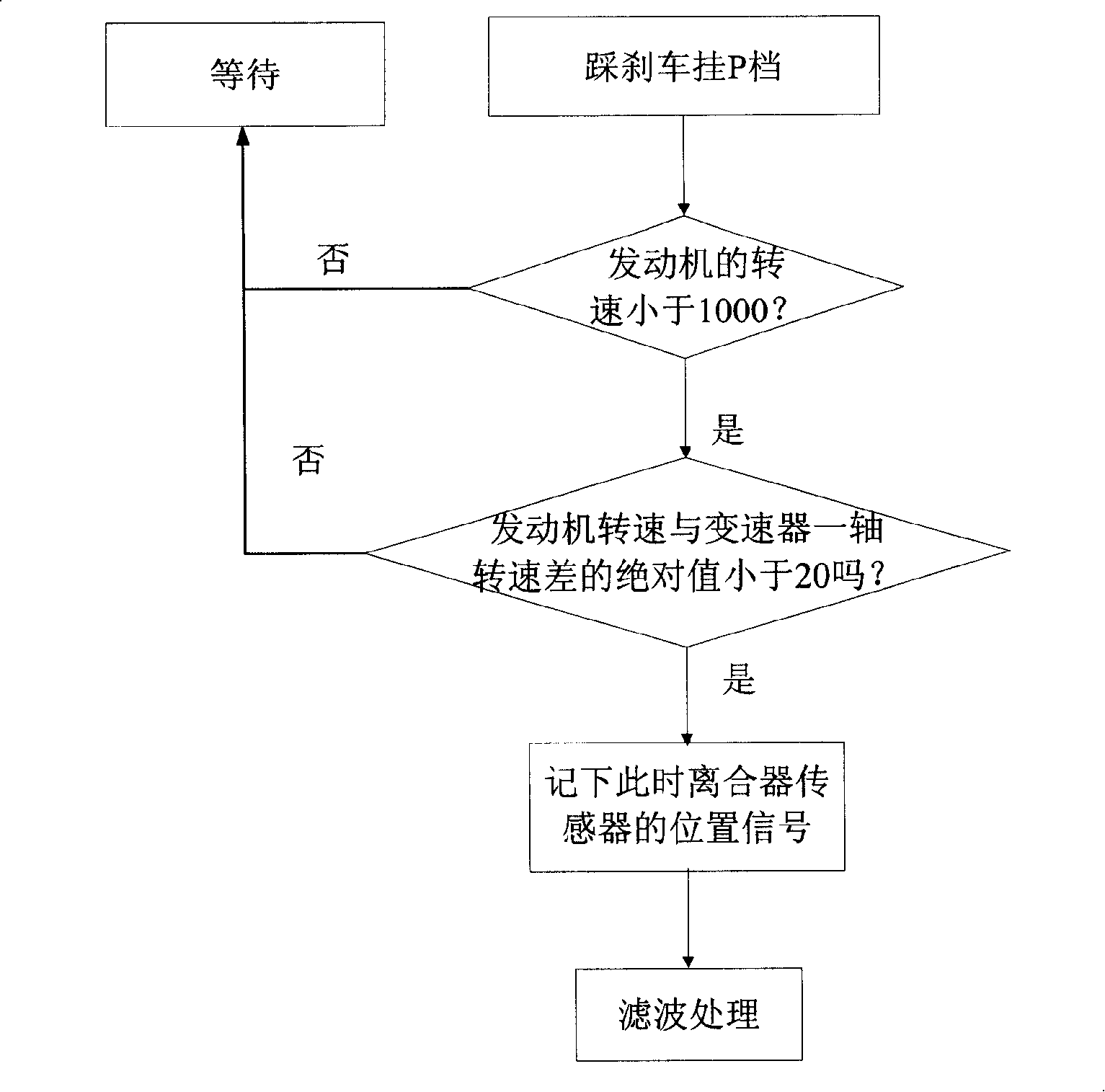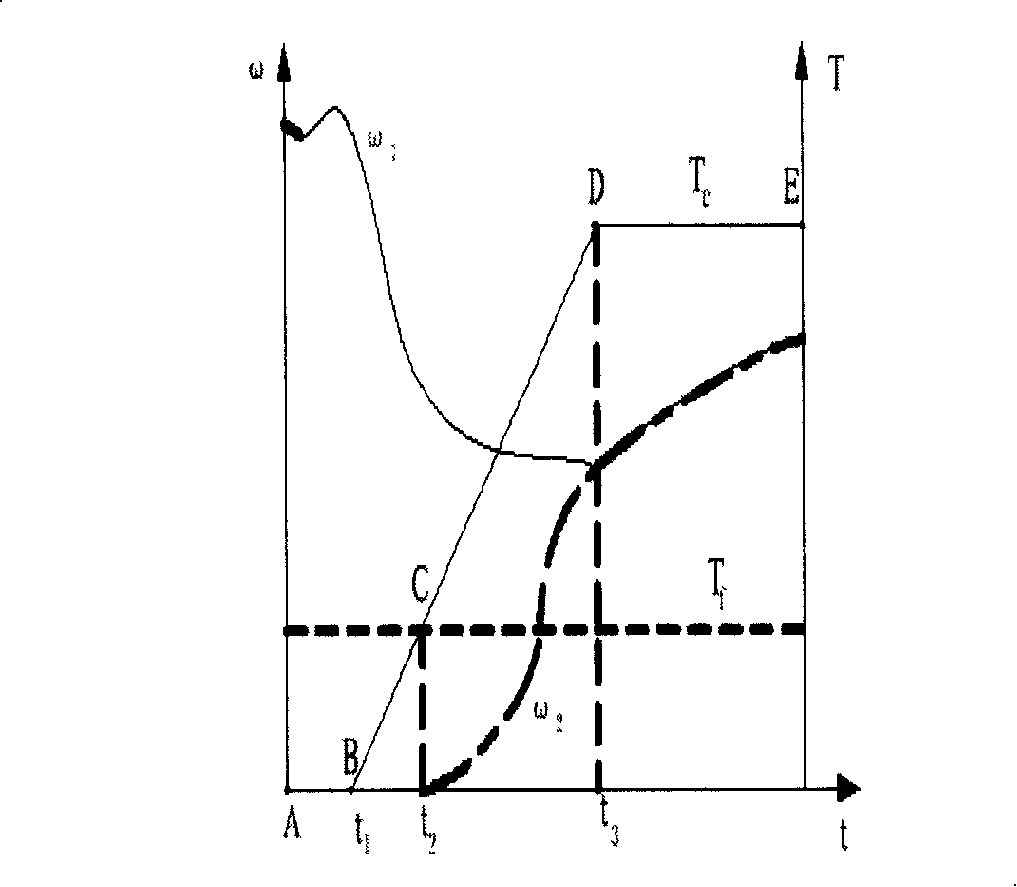Device and method for judging AMT vehicle clutch half-bonding point
A technology of semi-engagement and clutch position, applied in transmission control, elements with teeth, belts/chains/gears, etc., can solve the problem that AMT vehicles are not smooth enough during gear shifting, and the semi-engagement of clutch is not accurate enough. Reliability, affecting AMT vehicle control and other issues, to achieve the effect of reducing fluctuation, reducing friction, and improving accuracy
- Summary
- Abstract
- Description
- Claims
- Application Information
AI Technical Summary
Problems solved by technology
Method used
Image
Examples
Embodiment Construction
[0027] Such as figure 1 As shown, a device for judging the clutch half-engagement point for an AMT vehicle includes a signal acquisition unit 20 and an electronic control unit 30; the electronic control unit 30 includes a data receiving module 31, a data processing module 32 and a data control module 33; The data receiving module 31 is electrically connected to the signal acquisition unit 20 , and the data control module 33 is electrically connected to the clutch motor 40 . The signal acquisition unit 20 includes an engine speed sensor 21, a transmission shaft speed sensor 22 and a clutch position sensor 23; the data receiving module 31 is used to receive the engine speed signal collected by the engine speed sensor 21 of the signal acquisition unit, the transmission shaft The first shaft speed signal of the transmission collected by the speed sensor 22 and the clutch position signal collected by the clutch position sensor 23, the data processing module 32 is used for when the ...
PUM
 Login to View More
Login to View More Abstract
Description
Claims
Application Information
 Login to View More
Login to View More - R&D
- Intellectual Property
- Life Sciences
- Materials
- Tech Scout
- Unparalleled Data Quality
- Higher Quality Content
- 60% Fewer Hallucinations
Browse by: Latest US Patents, China's latest patents, Technical Efficacy Thesaurus, Application Domain, Technology Topic, Popular Technical Reports.
© 2025 PatSnap. All rights reserved.Legal|Privacy policy|Modern Slavery Act Transparency Statement|Sitemap|About US| Contact US: help@patsnap.com



